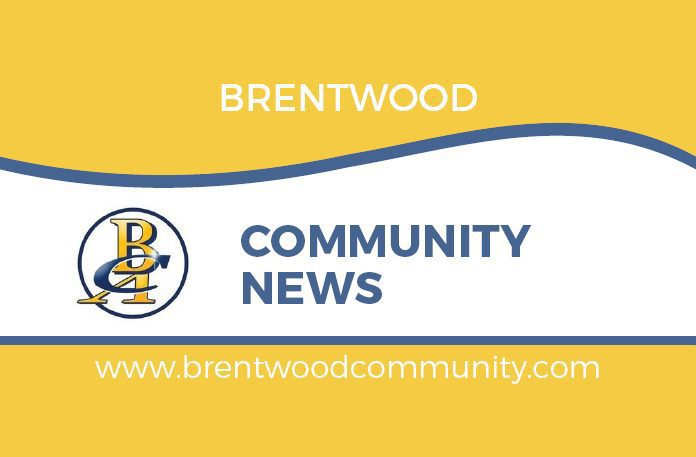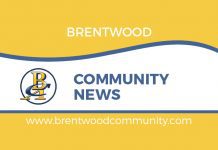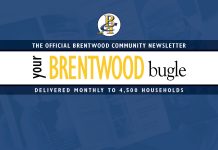by Rosemary Brown
We often hear about the need for healing within Indigenous communities but don’t necessarily understand what this entails. Chapters 9 and 10 from the Final Report of the Enquiry into Murdered and Missing Indigenous Women and Girls go a long way to explaining this and offers concrete examples of Indigenous-led healing initiatives.
Chapter 9 makes it clear that for healing to take place it must address the Four Pathways to Violence: “Inter and multigenerational trauma; economic marginalization, the lack of institutional will to change, and the failure to recognize the agency and experience of Indigenous women and girls and Two-Spirit”. The report goes on to elaborate four “foundational concepts” in healing: “dignity, family participation, peer support, and cultural safety”. Approaches to healing need to be holistic, and long term.
Much of the chapter is devoted to numerous examples of Indigenous-led resource centres across the country which offer a range of services and supports to Indigenous women, girls, and Two-Spirit. At the heart of these are cultural programs are teachings that instill a grounded sense of identity and pride and reconnection to community and families.
These centres offer dignity and a culturally safe space, encourage family participation, offer peer support, and use a holistic approach to service delivery.
Unfortunately, often these centres and programs are not sufficiently funded, which undermines their stability and longevity, and they often encounter systemic barriers. For example, Grandma’s House which provided various programs for sex workers in Vancouver’s Downtown East Side had to move to a new location which was more deserted and dangerous. Then the police made their location public, and eventually they were forced to close.
Chapter 10 talks about how commemoration of loved ones can play a role in healing. This cannot be founded only on the past but must address the continuing impact of colonization today. In turn, commemoration should lead to action and bring communities together. Reference is made to the Truth and Reconciliation Commission’s Calls to Action involving commemoration and the need to fund Indigenous artists to engage in commemoration projects.
A special term is used to describe commemoration through art: “Calling Forth”, as a way to remember those who are murdered and missing and to bring about healing. The point is also made that it is not about victimization but about leaving a legacy for the future, one that leads to action for justice.
To this end, the Enquiry created a Legacy Archive of artwork and projects. What follows is a description of many community and individual art projects that are now part of the Archive, some collected at the Enquiry hearings, and some created afterwards. Those collected at the hearings were placed in a red willow basket, symbolizing “connection to land, ceremony, and culture”. The offerings included poems, visual artwork, music, as well as ornaments and baby items. Community projects focused on remembering included “The Tile Project” and the “Heart Puzzle,” murals, videos, and Red Dresses. There were many more examples and I encourage all who are interested in the healing power of art to read this chapter.
CAN INLCUDE ONLY THE TEXT ABOVE IF THE WHOLE THING DOESN’T FIT
Sanaaq, an Inuit Novel was originally written in Inuktitut syllabics over a period of 20 years and published in 1984. It was the first book to be published in this language and was later translated into French and finally published in English in 2014.
The author, an Inuk woman named Mitiarjuk Mapaaluk, began writing in the mid 50s. As we learned from The Right to be Cold, before this time contact with the outside world was usually through trading posts and the exchange of a variety of goods for furs. With the end of WWII, the disappearance of the fox, and the dwindling of the caribou herds, the closing of the trading posts, the killing of sled dogs by the RCMP, the establishment of settled communities, the introduction of government services, and the presence of missionaries, life began changing more rapidly.
Sanaaq creates a vivid picture of what life on the land – hunting, trapping, and gathering – were like for Sanaaq and her small Inuit family group, as well as the changes that were occurring in that way of life. The book is composed of 43 very short anecdotal chapters that focus on different events in Sanaaq’s life: these include encounters with polar bears, giving birth, childhood quarrels, leaking igloos, death in the water, the making of clothes, learning from the Elders, hunting, fishing, and gathering, the arrival of the missionaries, being hospitalized in the south, domestic violence, and community feasts. As these stories unroll, they offer a testament to the human spirit and ingenuity. For example, when water bodies were frozen over, families would hack holes in the ice and descend below the surface to dig clams while the tide was out. The goal was to gather as many clams as possible and climb out before the tide came back in.
Life on the land was harsh as danger, cold, and hunger were always present. But so also were the tight ties among extended family members and others in the hunting camps. Reciprocity was a norm as meat from the hunt was always shared. The feasts were a way to bring people together and to mark departures from the community and arrivals home. There were accounts of the constant incursions of dogs into food supplies, and games played with small animal bones. Altogether these stories paint an intimate picture of how humans survived in a very difficult environment.
Napaaluk, who never received a formal education, went on to write over 20 more books in Inuktitut syllabics before her death in 2007. She was awarded a Ph.D. for her efforts to preserve the language and culture for future generations of Inuk children.











